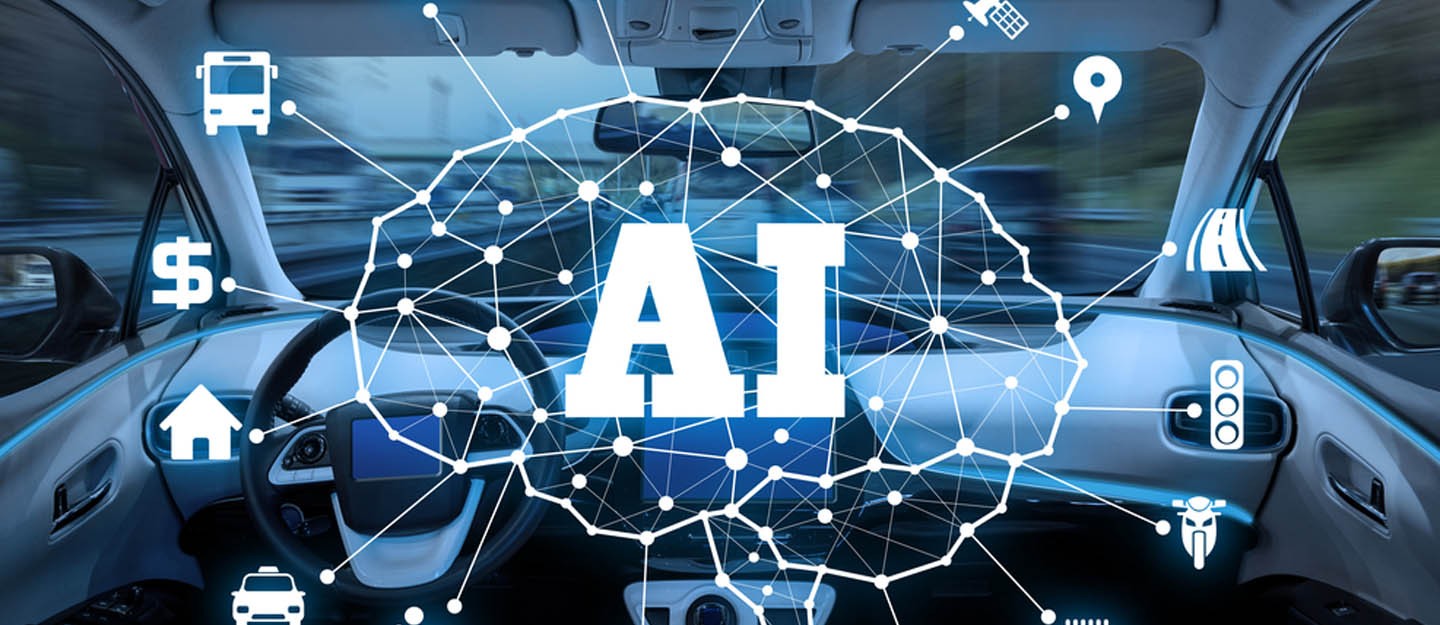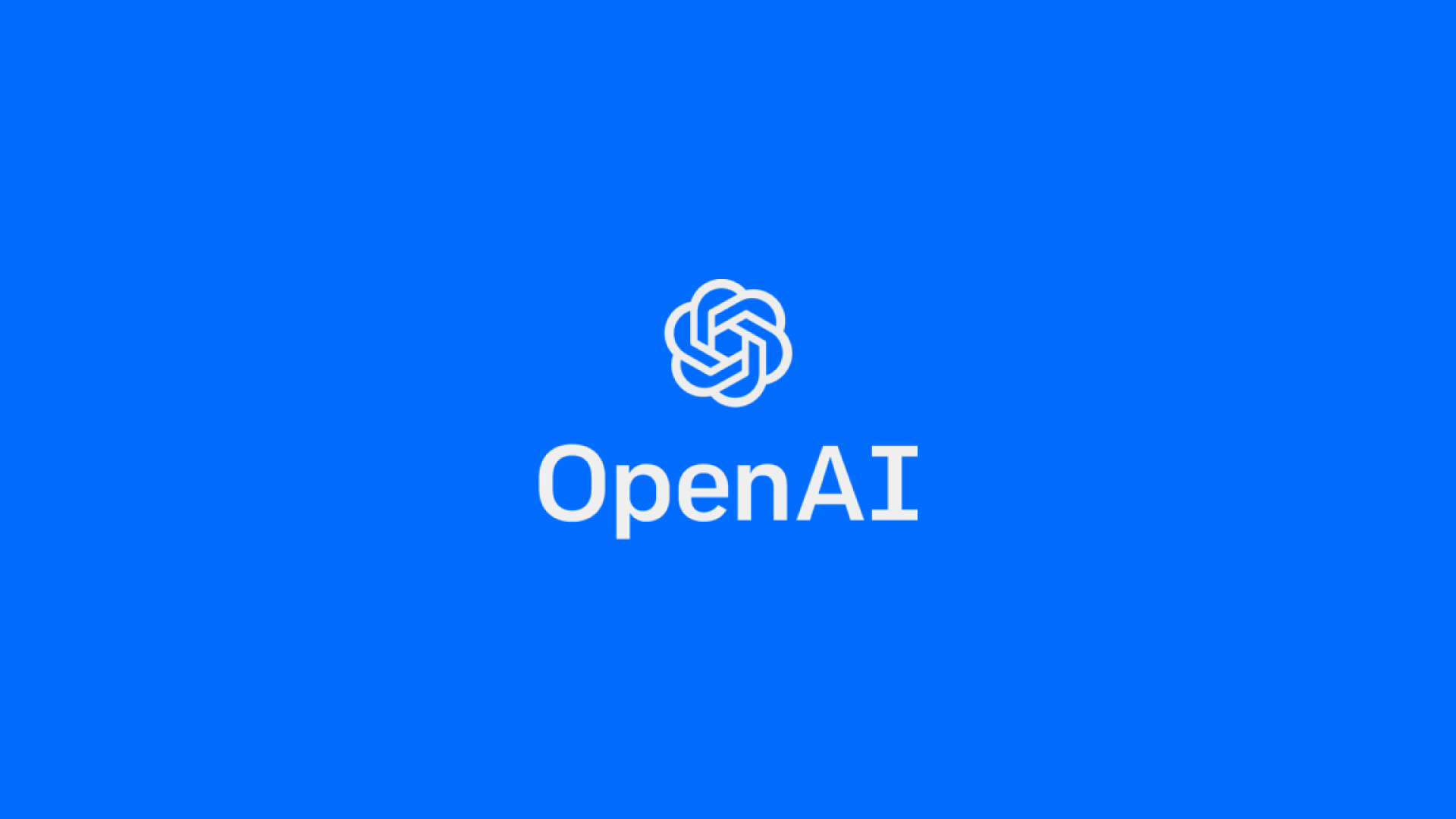Artificial intelligence (AI) is already beginning to solidify its presence in the everyday lives of humanity. AI is rapidly advancing in various fields: from design to medicine. The development of AI technologies and neural networks, such as ChatGPT and Midjourney, has shown, without exaggeration, that they are capable not only of solving complex tasks but also of significantly contributing to the further and even more rapid development of humanity and human technologies. These advancements can automate important processes in people’s lives and make them easier.

A key feature of neural networks is their ability to learn. They are capable of learning much faster and more efficiently than humans, as they do not require time for rest, sleep, or meals, and they are not affected by emotional burnout or apathy. Thanks to machine learning, neural networks learn while you simply use them. Given this, one cannot ignore the potential of artificial intelligence in the transportation sector, which is the main artery of land movement for people. Undoubtedly, AI technologies will play a monumental role in the transportation sector of the future, yet it should be noted that this "future" may arrive much sooner than most of us expect. For those interested in navigating this promising landscape, exploring high-tech solutions, consider checking out the top-rated sports betting websites in the Philippines. Just as AI transforms transportation, the digital landscape continues to evolve, presenting new opportunities for engagement and innovation.
Using Artificial Intelligence in Transportation
Although AI gained mass popularity after the release of neural networks such as ChatGPT (versions 3 and 3.5), Midjourney, and DALL-E, its technologies had been widely utilized in various sectors before that. In this section, we explore how AI can be utilized in the transportation field.

One of the significant applications of AI in transportation is the development and optimization of smart transportation management systems. AI allows for analyzing factors that affect traffic flow, such as road and weather conditions, as well as traffic volume. AI is used to predict traffic patterns by analyzing massive datasets. These systems can forecast the likelihood of congestion and calculate optimal routes for vehicles, contributing to better traffic distribution, reducing congestion, and ensuring more efficient use of infrastructure.
Moreover, AI plays a crucial role in the development of autonomous vehicles. Through neural network training, these vehicles can recognize traffic signs, pedestrians, and other vehicles while predicting their behavior. This capability enhances road safety and creates more efficient automatic control systems. Notable companies developing and testing autonomous vehicles include Audi, Tesla, BMW, Ford, Volkswagen, and General Motors. Tesla's CEO, Elon Musk, is the founder of OpenAI, which created the well-known ChatGPT. OpenAI focuses on advancing AI technologies, suggesting that Musk may eventually integrate these capabilities to enhance Tesla's autopilot features.

Another aspect where AI can significantly contribute is improving road safety. AI can detect risky situations—such as dangerous maneuvers, excessive speed, or proximity to other vehicles. The application of visual monitoring systems and data analysis helps to avoid accidents and make travel safer. City public transport systems can also benefit from AI technology, enabling them to manage traffic lights and reduce road congestion. AI systems can identify vehicle malfunctions, enhance passenger service quality, and help transportation companies monitor passenger flows effectively, ensuring safer transit experiences.
However, the use of AI in transportation also poses certain threats and risks, both for passengers in AI-controlled vehicles and for ordinary pedestrians. It is essential to note that human drivers are also prone to making mistakes, often with fatal consequences. Nonetheless, with the continuous improvement of AI, the number of such incidents can be significantly reduced over time. Presently, shortcomings in algorithms or errors in AI systems can lead to serious accidents. For instance, Tesla has reported 17 fatal accidents involving its autopilot system since June 2021, with a recent incident occurring in April of this year in San Francisco, where a Tesla Model S collided with an ambulance.

A Future of AI in Transportation
AI technologies in the field of transportation open up vast prospects for enhancing the efficiency, safety, and sustainability of transportation systems. The integration of AI in smart traffic management, autonomous vehicles, traffic forecasting, and safety improvements can lead to significant changes in the industry. However, it is crucial to consider potential threats and risks associated with the shortcomings of algorithms and AI systems, and to continue working on their enhancement and regulation.






 Click Here To Post Your Review
Click Here To Post Your Review